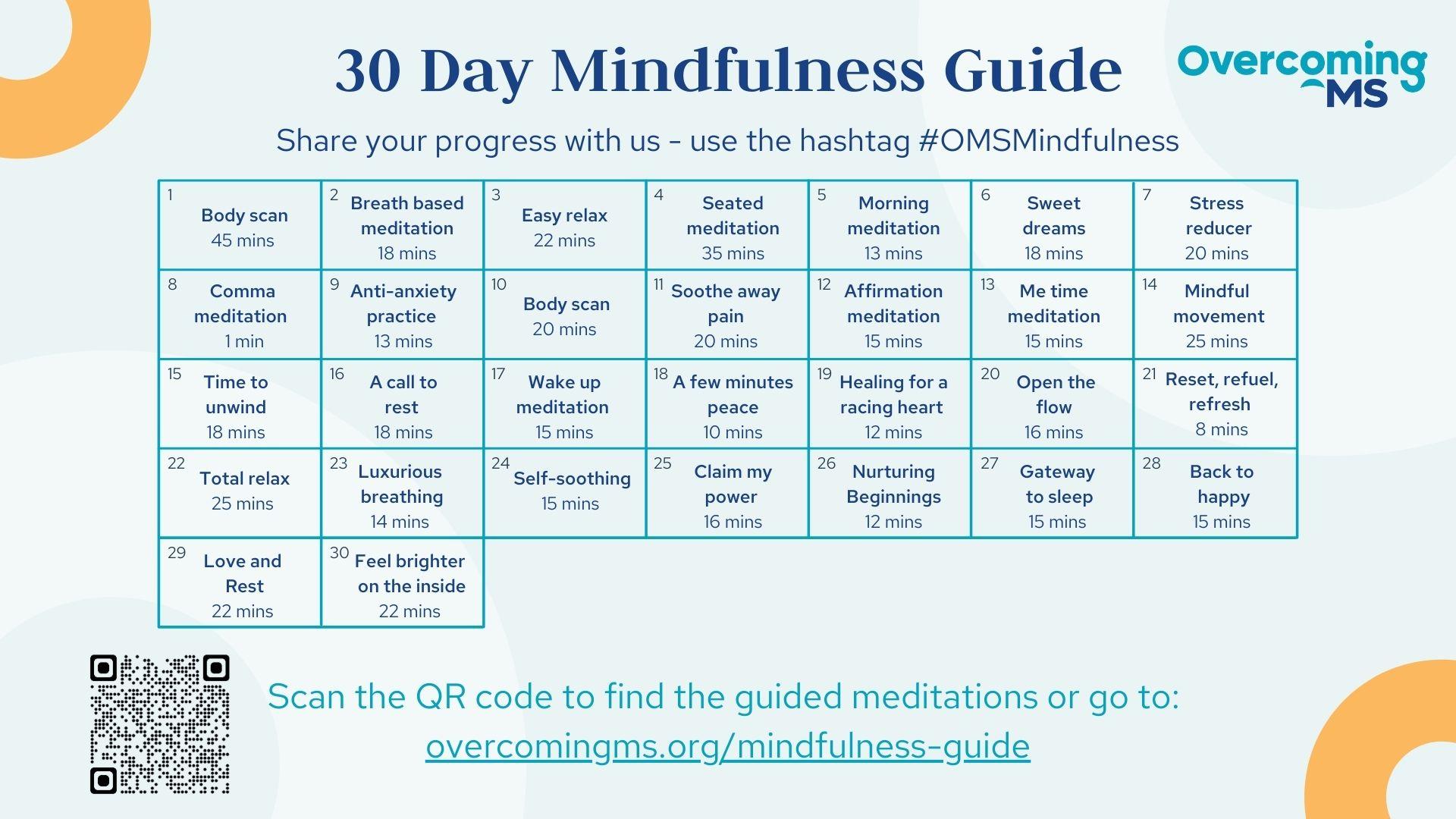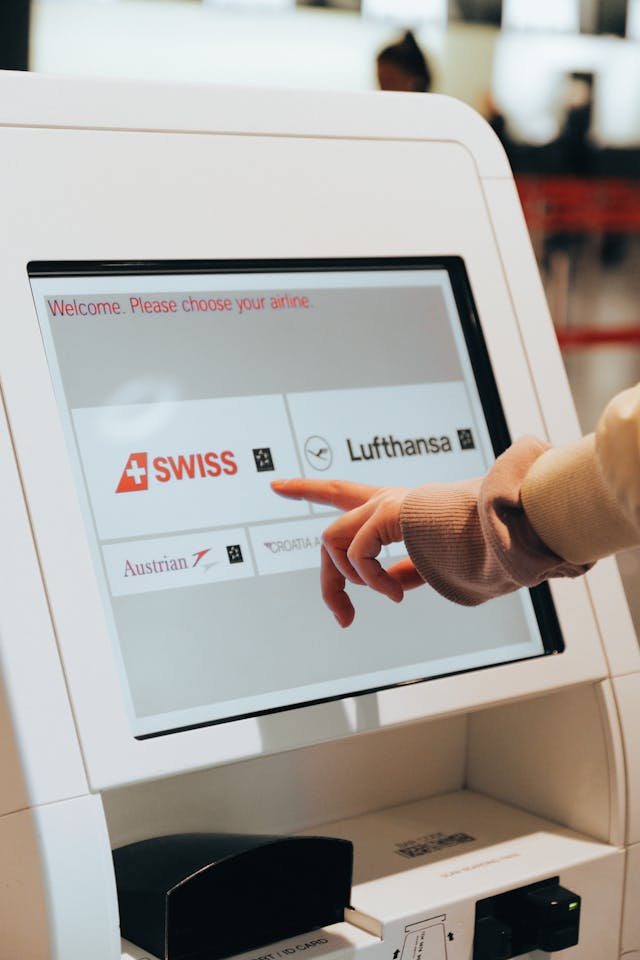For many, the thought of boarding a plane can bring about feelings of dread and anxiety. From the unfamiliar noises to the turbulence in the air, the fear of flying can be paralyzing for some. However, with the right strategies and mindset, it is possible to overcome this fear and enjoy stress-free travel. In this article, we will explore some tips and techniques for conquering your fear of flying and making your next trip a smooth and anxiety-free experience.
Recognizing Fear of Flying Symptoms
Feeling anxious about flying is a common fear that many people experience. is the first step towards overcoming this fear and enjoying stress-free travel experiences. Whether you get sweaty palms, feel nauseous, or have racing thoughts, it’s important to address these symptoms to ensure a comfortable flight.
Here are some tips to help you overcome your fear of flying and have an anxiety-free travel experience:
- Practice relaxation techniques: Deep breathing, mindfulness, and meditation can help calm your nerves and reduce anxiety.
- Seek professional help: Consider talking to a therapist or counselor who specializes in treating phobias like fear of flying.
- Prepare in advance: Familiarize yourself with the flight process, and pack comforting items like a favorite book or music playlist.

Understanding the Root Causes of Flight Anxiety
Flight anxiety is a common fear that many people experience when traveling by plane. Understanding the root causes of this anxiety can help individuals overcome their fear and have a more pleasant flying experience. One of the main reasons for flight anxiety is a lack of control. When flying, individuals are putting their safety in the hands of the pilots and crew, which can be a daunting thought for some. Additionally, fear of the unknown, such as turbulence or mechanical issues, can also contribute to anxiety during flights.
Another root cause of flight anxiety is past negative experiences. If an individual has previously had a bad experience while flying, such as turbulence or a rough landing, they may develop a fear of flying as a result. Additionally, fear of heights or claustrophobia can also contribute to flight anxiety. By understanding these root causes, individuals can take steps to address their fears and learn to manage their anxiety while flying.

Implementing Cognitive Behavioral Techniques for Fear Management
When it comes to managing fear of flying, cognitive behavioral techniques can be incredibly effective in helping individuals overcome their anxiety and enjoy stress-free travel experiences. By implementing these strategies, you can learn to identify and challenge negative thought patterns that contribute to your fear, ultimately changing your emotional response to flying. Here are some tips for incorporating cognitive behavioral techniques into your fear management plan:
- Practice deep breathing exercises: Deep breathing can help calm your mind and body, reducing feelings of panic and anxiety during flights.
- Challenge irrational beliefs: Identify and challenge irrational beliefs about flying by asking yourself if there is evidence to support your fears.
- Visualize positive outcomes: Visualize yourself having a safe and pleasant flight experience to help reframe your mindset around flying.
| Technique | Description |
|---|---|
| Exposure therapy | Gradual exposure to flight-related stimuli to desensitize fear |
| Thought restructuring | Replacing negative thoughts with more balanced and realistic ones |

Creating a Relaxation Plan for Air Travel Success
When it comes to air travel, creating a relaxation plan can make all the difference in overcoming the fear of flying. By taking proactive steps to reduce anxiety, you can ensure a successful and stress-free journey. Here are some tips to help you create a relaxation plan for air travel success:
- Deep breathing exercises: Practice deep breathing to calm your mind and body before and during your flight.
- Listen to calming music: Create a playlist of soothing music or sounds to help you relax during the flight.
- Visualize your happy place: Close your eyes and imagine yourself in a peaceful and serene location to help ease anxiety.
Wrapping Up
In conclusion, conquering a fear of flying is a process that requires patience, perseverance, and the willingness to step out of your comfort zone. By incorporating these tips into your travel routine, you can start to chip away at your anxiety and begin to enjoy the thrill of exploring new destinations. Remember, the sky’s the limit when it comes to overcoming your fears and embarking on anxiety-free travel adventures. So buckle up, take a deep breath, and soar into the unknown with confidence. Safe travels!
 Journey Junkies Hub
Journey Junkies Hub



